Are bacteria affected due to low pH/KH in aquasoil tanks?
Understanding Low pH in Aquarium Environments
A low pH in aquarium can significantly impact the overall health of your tank, influencing both fish and microbial life. Acidic water affects nutrient availability for plants and the efficiency of beneficial bacteria responsible for converting ammonia to nitrite and nitrate.
Maintaining a stable pH is essential in aquasoil tanks, where substrates naturally tend to acidify the water over time. Understanding the causes and consequences of low pH helps hobbyists create a balanced environment that supports both aquatic plants and the nitrogen cycle.
What Causes Low pH in Aquarium Tanks
Several factors contribute to what causes low pH in aquarium, including the natural breakdown of organic matter and the release of tannins from driftwood or leaves. Aquasoil substrates, in particular, can gradually lower pH by releasing acids that enrich the water for plant growth.
Water hardness and the buffering capacity of the tank also influence pH stability. By knowing these causes, hobbyists can anticipate shifts in water chemistry and take preventative measures to protect both plants and bacteria populations.
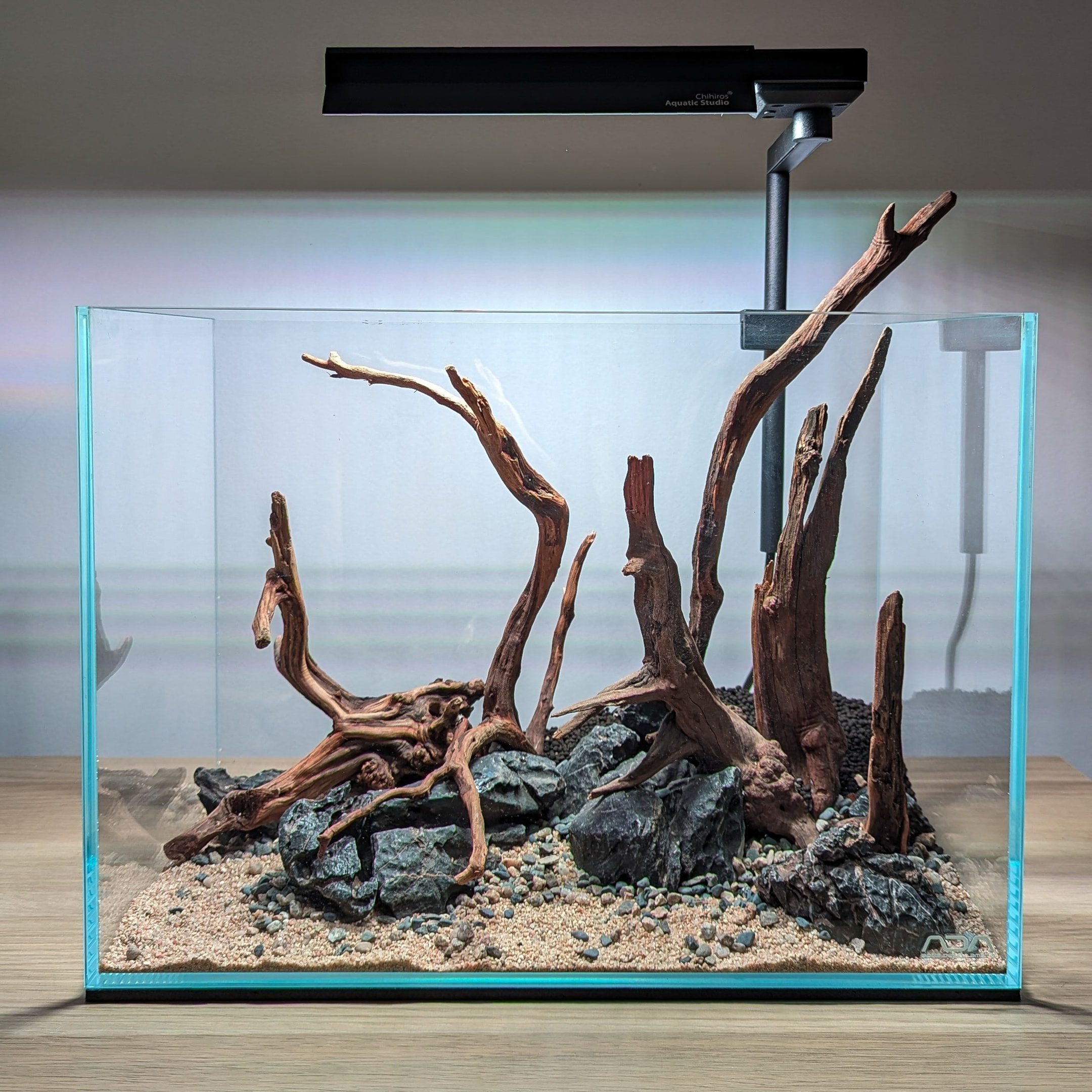
Effects of Aquarium Low pH on Beneficial Bacteria
An aquarium low pH can stress or slow the growth of nitrifying bacteria, which are critical for breaking down ammonia into less harmful substances. In extremely acidic conditions, these bacteria may become inefficient, leading to elevated ammonia or nitrite levels in the tank.
However, some hardy bacteria species can tolerate mild acidity, allowing the nitrogen cycle to continue, albeit at a slower rate. Monitoring the tank’s chemical parameters and maintaining stability is key to keeping bacteria healthy in aquasoil setups.
Common Factors Leading to Low pH in Fish Tanks
Several conditions explain what causes low pH in fish tank, including the characteristics of the source water and fluctuations in CO2 levels. Tap water with low carbonate hardness (KH) has limited buffering capacity, making it more prone to acidification over time.
Aquasoil also plays a major role by slowly releasing acids that lower pH, while decaying plant matter and biological processes can further contribute to acidity. Understanding these factors allows aquarists to manage their tank effectively and protect the beneficial bacteria essential for a thriving ecosystem.
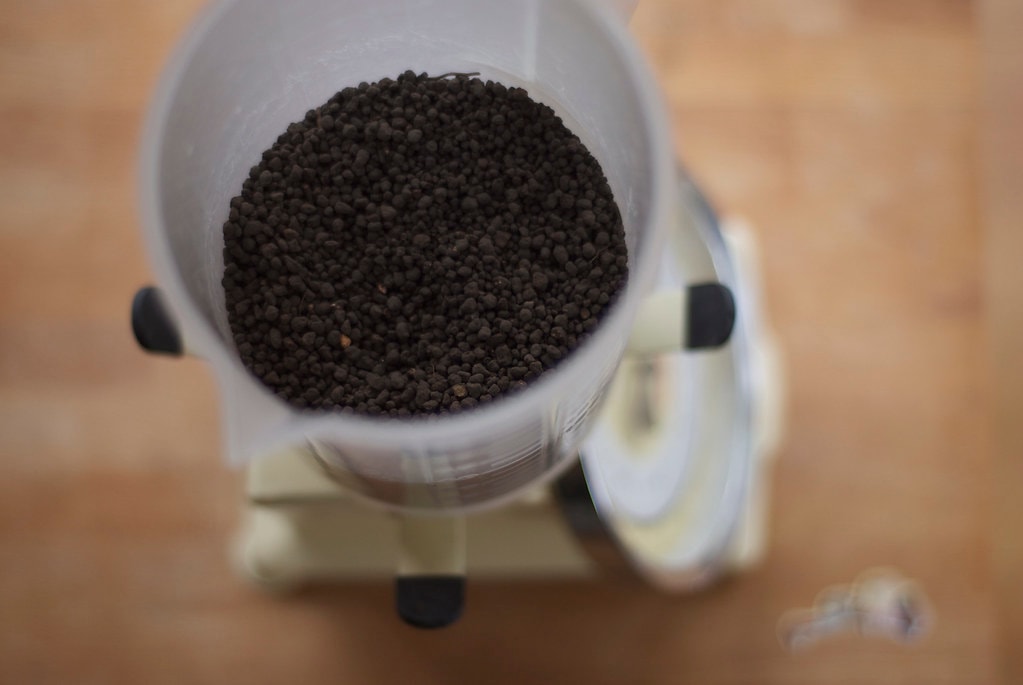
Understanding KH and Its Importance in Aquasoil Tanks
The pH KH balance in aquasoil tanks plays a crucial role in maintaining a stable environment for both plants and bacteria. Low KH can lead to pH swings, which stress nitrifying bacteria and reduce the efficiency of ammonia oxidation. Soft substrates and nutrient-rich soils can exacerbate these swings, especially in plant centric tanks.
Using tap water with higher buffering capacity or adding supplements like baking soda can help stabilize pH KH, preventing sudden drops known as pH crashes. Maintaining higher KH ensures that tank water remains stable, supporting steady plant growth and the overall health of your planted tank.
The Nitrogen Cycle in Low KH and Soft Water Environments
In soft water aquasoil setups, the nitrogen cycle is particularly sensitive to changes in pH KH. Beneficial nitrifying bacteria responsible for ammonia oxidation can slow down or become stressed when low KH and acidic conditions combine. This can lead to dangerous spikes in ammonia levels, particularly in planted aquariums with heavy bioloads.
Frequent monitoring of water parameters is crucial to detect any pH fluctuations early. In very soft water, even small additions of organic matter or fish waste can trigger a pH crash, compromising the stability of healthy tanks and affecting both plant and bacterial health.
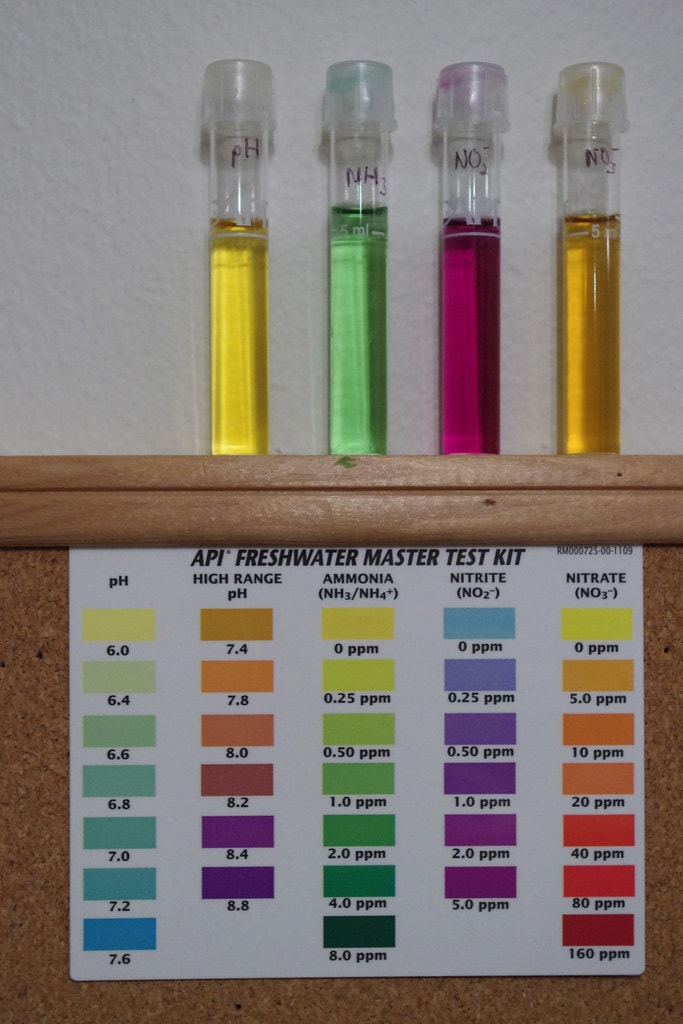
How Low KH and Soft Water Affect Bacterial Activity
In very soft water, beneficial bacteria can struggle to maintain efficient ammonia oxidation, especially when low KH fails to buffer pH levels adequately. This can result in unstable conditions for a planted tank, affecting both plant growth and the overall nitrogen cycle.
The addition of organic waste from fish or decaying plants further challenges bacterial populations in soft wateraquasoil setups. Hobbyists can stabilize the system by adding baking soda or raising KH gradually, ensuring pH KH remains steady and tank water stays suitable for both plants and microorganisms.
CO2 Injection and Its Impact on pH and Bacteria
Injecting CO2 in aquasoil tanks lowers pH levels, creating acidic environments that can stress nitrifying bacteria. In plant centric tanks, CO2 boosts plant growth significantly, but excessive CO2 combined with soft water can lead to a pH crash, threatening the stability of the nitrogen cycle.
Monitoring ph KH and maintaining higher KH in the substrate helps prevent harmful swings during CO2 injection. Using moderate dosing and testing water parameters regularly ensures that planted aquariums benefit from CO2 without endangering the microbial community.
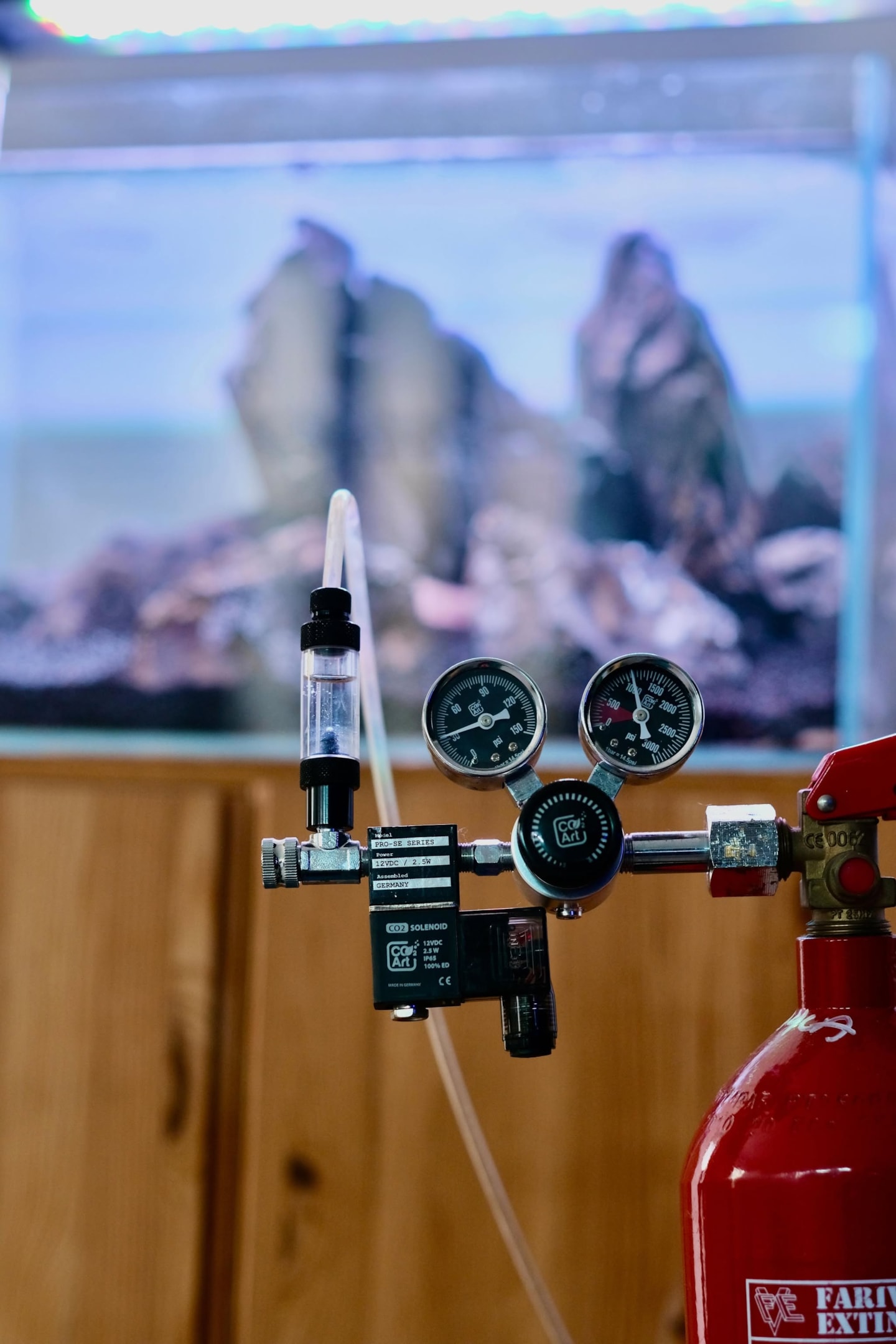
Managing pH Swings and Low KH in Planted Tanks
Frequent ph swings in aquasoil tanks can compromise both soft water conditions and the efficiency of ammonia oxidation, potentially stressing plants and microorganisms. Hobbyists maintaining a planted tank need to monitor ph KH closely to prevent sudden changes that might result in a pH crash.
Using tap water with slightly higher buffering capacity or supplementing with raising KH solutions helps mitigate extreme fluctuations. By keeping ph levels stable, even soft tap water aquariums can sustain healthy ecosystems, supporting plant growth and overall tank stability.
Organic Waste, Carbonic Acid, and Acidic Environments
Accumulation of organic waste in aquasoil setups generates carbonic acid, which contributes to acidic environmentsand can intensify pH crashes if not managed carefully. This effect is more pronounced in very soft water or low KHsystems, making it essential to monitor ph KH and general water chemistry regularly.
Regular removal of debris and partial water changes with tap water help maintain a balanced environment. In planted aquariums, careful management of substrates, plant matter, and CO2 ensures that soft water conditions remain conducive to both plant and microbial health, supporting stable ammonia oxidation.
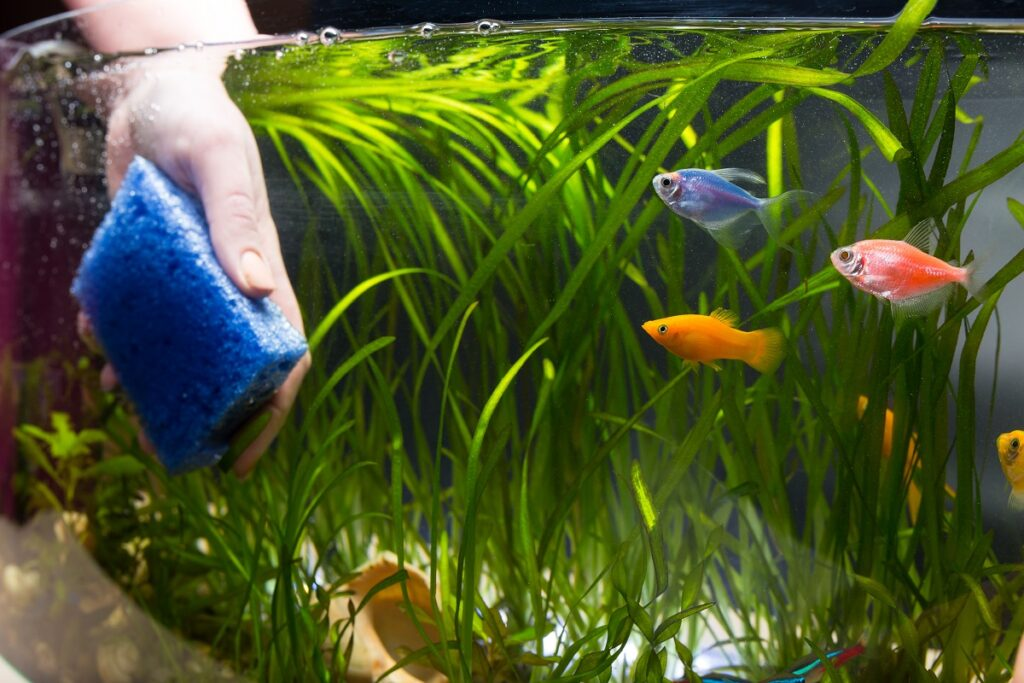
Conclusion: Are Bacteria Affected Due to Low pH/KH in Aquasoil Tanks?
The key question—are bacteria affected due to low ph/kh in aquasoil tanks?—depends on the balance of pH, KH, and overall water chemistry. While very soft water and low KH can slow bacterial activity, careful management of ph KH, regular monitoring of water parameters, and maintaining plant centric tanks can keep beneficial microbes healthy.
By understanding the effects of aqua soil, organic waste, and carbonic acid, hobbyists can prevent pH crashes and mitigate extreme ph swings. Stable planted tanks with moderate soft water conditions, consistent care, and attention to ph change allow both bacteria and plants to thrive, ensuring a balanced and successful aquascape.



